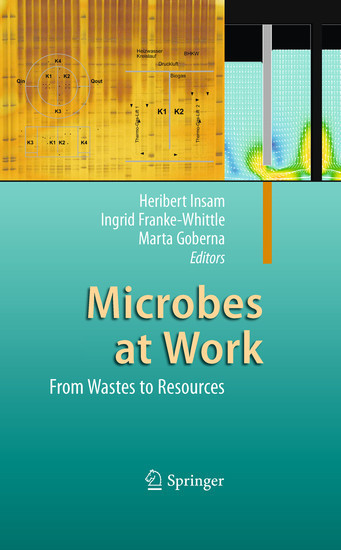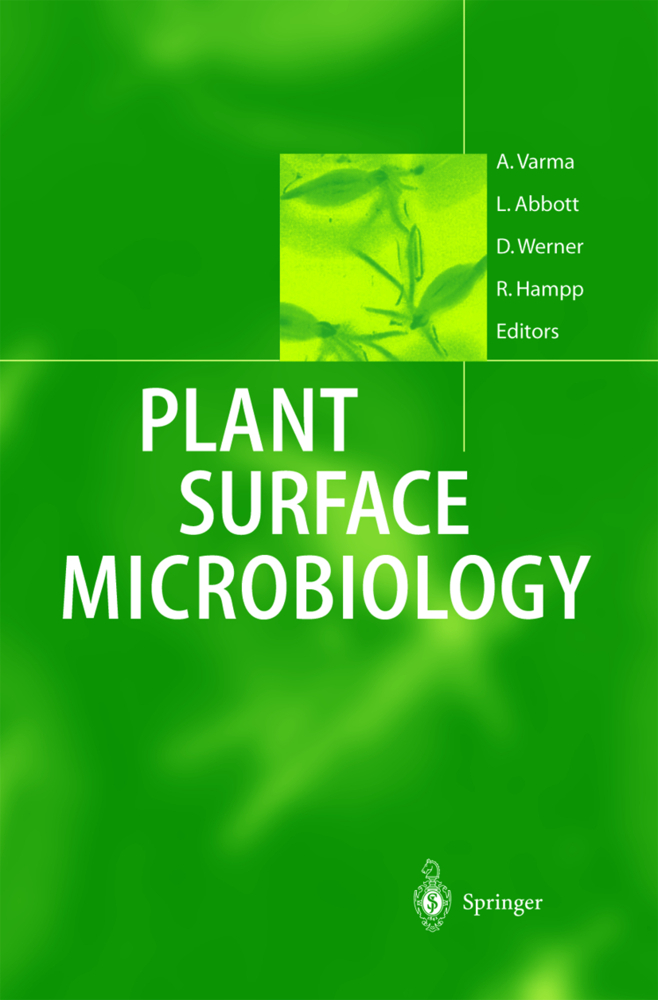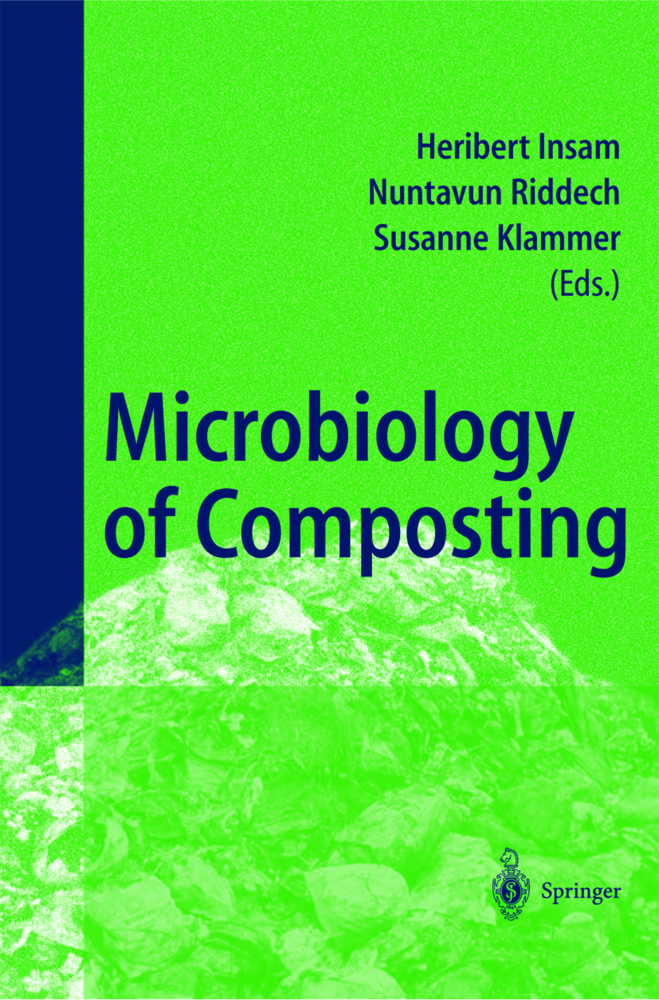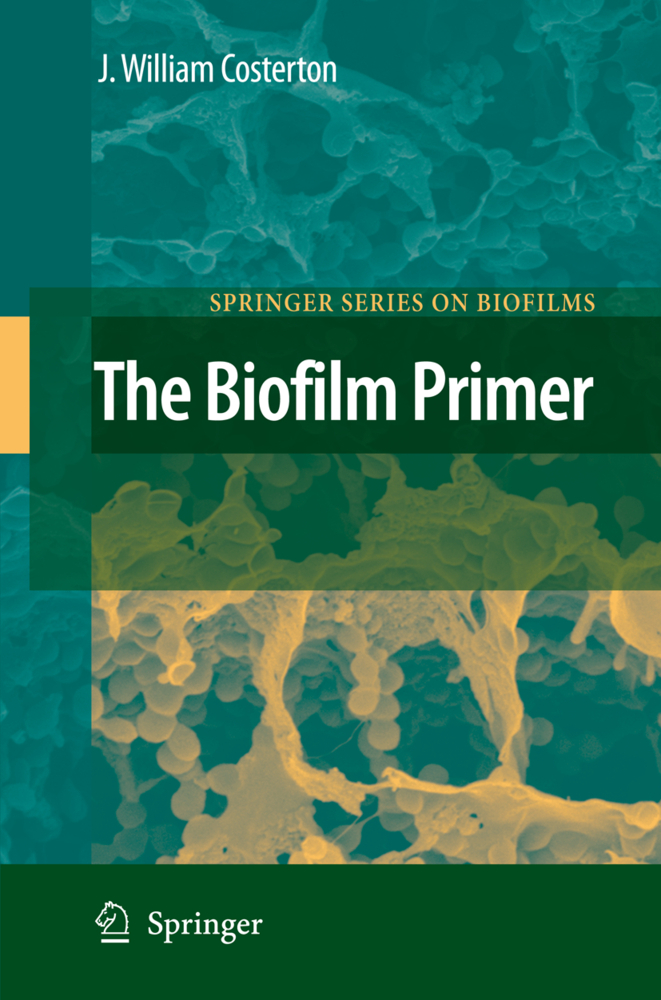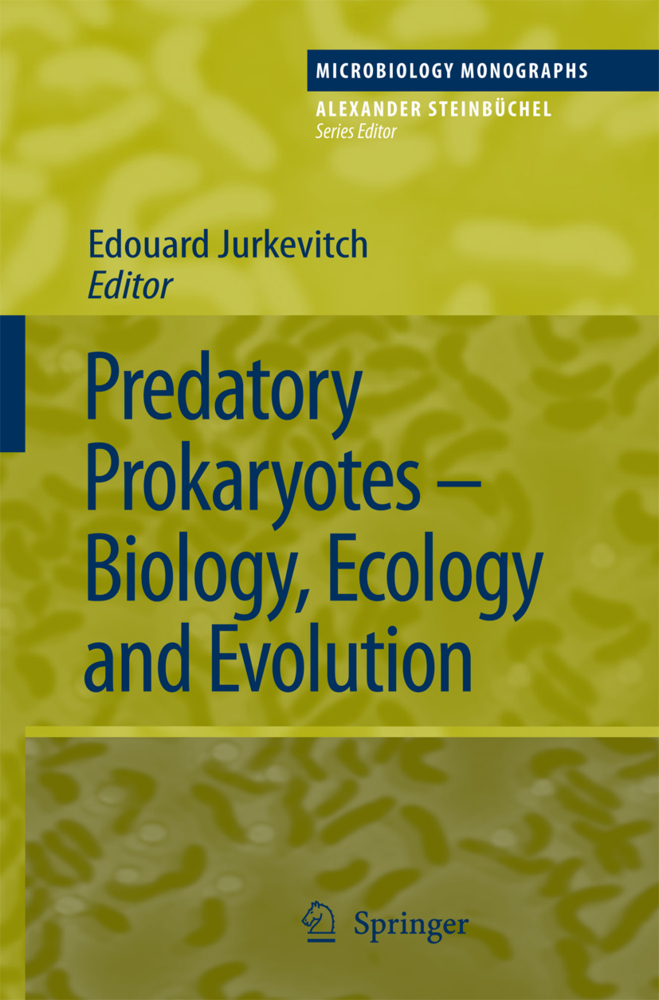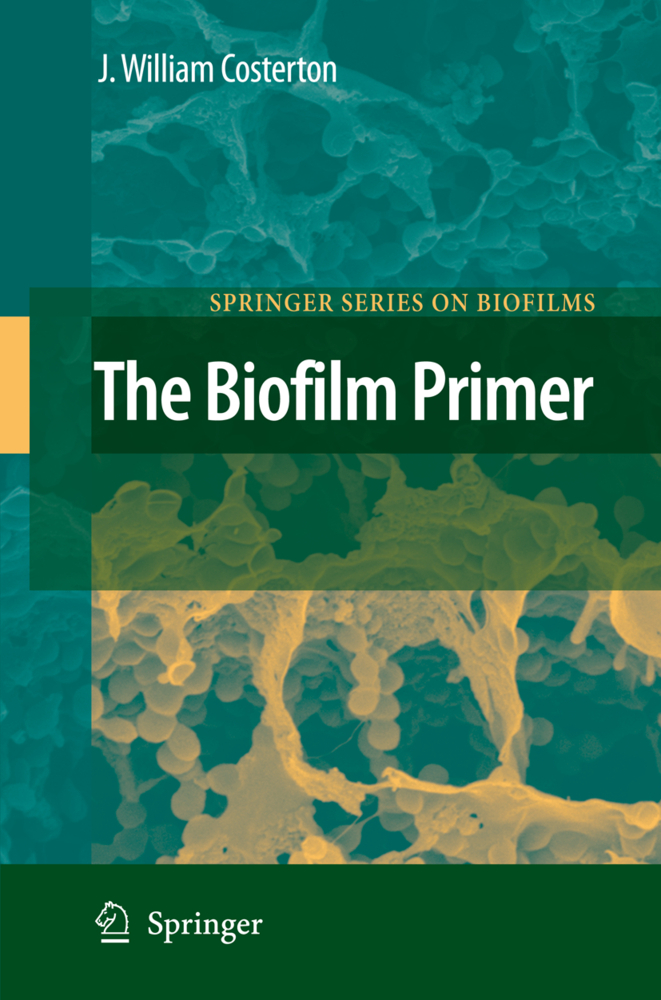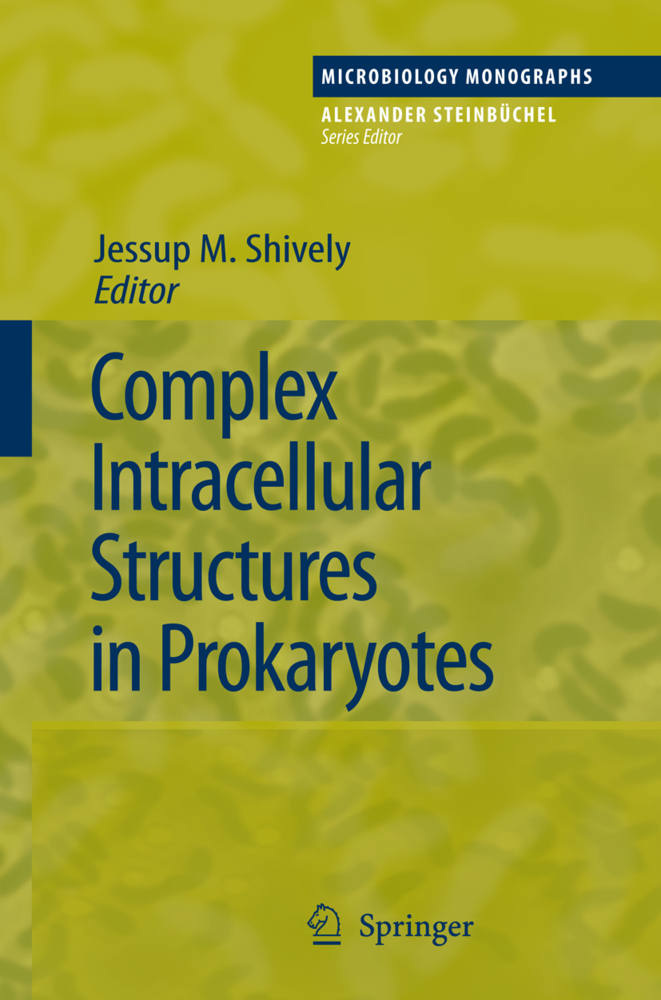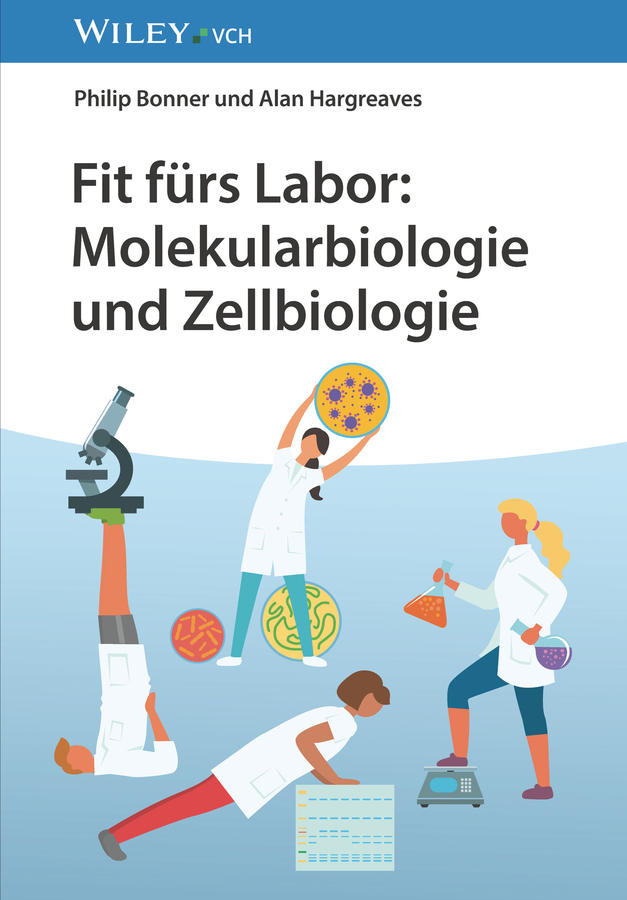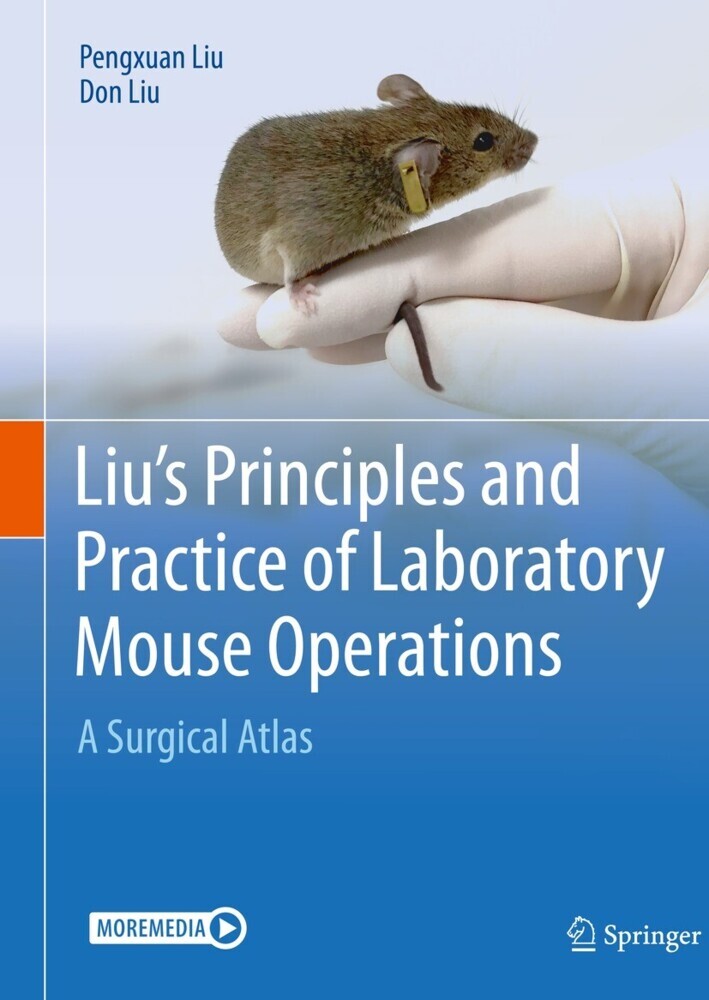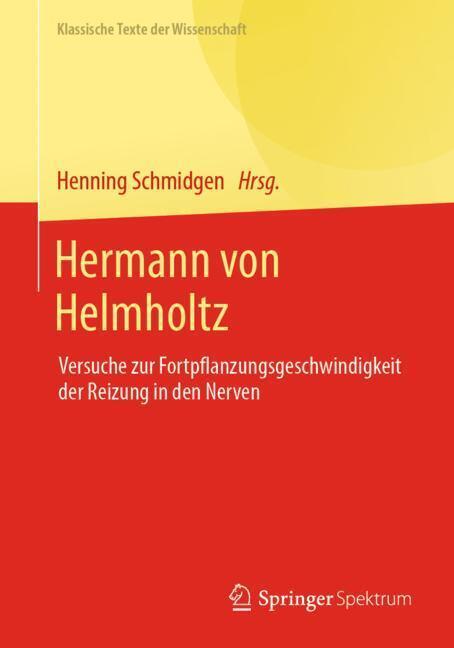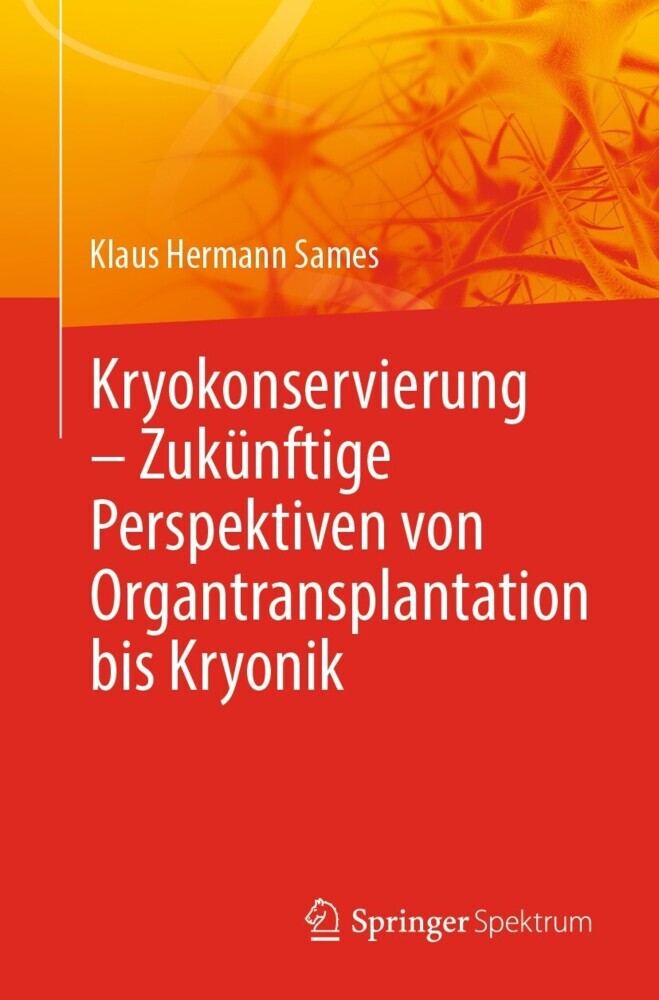Among the goals of environmentally sound waste treatment is the recycling of organic wastes. The most practiced options are composting and anaerobic digestion, both processes being carried out by microorganisms. This book provides an overview of the various ways microbes are doing their job and gives the reader an impression of their potential.
The sixteen chapters of this book summarize the advantages and disadvantages of treatment processes, whether they are aerobic like composting or work without oxygen like anaerobic digestion for biogas (methane) production. These chapters show the potential of microorganisms to create valuable resources from otherwise wasted materials. These resources include profitable organic, humus-like soil conditioners or fertilizer components which are often suppressive to plant diseases. Composts may thus improve soil carbon sequestration, or support sustainable agriculture by reducing the need for mineral fertilizers or pesticides. If anaerobic digestion is used, the biogas produced may replace fossil fuels. Thus, proper biological waste treatment with the help of microorganisms should contribute to a reduction of anthropogenic greenhouse gas production.
'1;161216_1_En_BookFrontmatter_OnlinePDF;1
The sixteen chapters of this book summarize the advantages and disadvantages of treatment processes, whether they are aerobic like composting or work without oxygen like anaerobic digestion for biogas (methane) production. These chapters show the potential of microorganisms to create valuable resources from otherwise wasted materials. These resources include profitable organic, humus-like soil conditioners or fertilizer components which are often suppressive to plant diseases. Composts may thus improve soil carbon sequestration, or support sustainable agriculture by reducing the need for mineral fertilizers or pesticides. If anaerobic digestion is used, the biogas produced may replace fossil fuels. Thus, proper biological waste treatment with the help of microorganisms should contribute to a reduction of anthropogenic greenhouse gas production.
1;161216_1_En_BookFrontmatter_OnlinePDF;1 2;161216_1_En_1_Chapter_OnlinePDF;8 2.1;Chapter 1: Microbes in Aerobic and Anaerobic Waste Treatment;8 2.1.1;Introduction;9 2.1.2;The Substrates;9 2.1.2.1;Lignin;9 2.1.2.2;Cellulose;10 2.1.2.3;Hemicelluloses (Xylan, Pectin, Starch);10 2.1.2.4;Microbial Cell Wall Components: Murein and Chitin;11 2.1.3;Aerobic or Anaerobic Degradation: Four-Phase Microbially Driven Processes;11 2.1.3.1;Composting;11 2.1.3.1.1;Mesophilic Phase (25-40°C);12 2.1.3.1.2;Thermophilic Phase (35-65°C);13 2.1.3.1.3;Cooling Phase (Second Mesophilic Phase);14 2.1.3.1.4;Maturation and Curing Phase;14 2.1.3.2;Anaerobic Digestion;15 2.1.3.2.1;Depolymerization - Hydrolysis;16 2.1.3.2.2;Fermentation (Acidogenesis);18 2.1.3.2.3;Acetogenesis;21 2.1.3.2.4;Methanogenesis;22 2.1.4;Application of Molecular Tools for Studying Microbial Community Diversity in Composts and Anaerobic Sludges;23 2.1.5;Carbon and Nutrient Balance;30 2.1.6;Conclusions;31 2.1.7;References;31 3;161216_1_En_2_Chapter_OnlinePDF;42 3.1;Chapter 2: Recent Developments in Bio-Energy Recovery Through Fermentation;42 3.1.1;Introduction;43 3.1.2;Bio-Ethanol Fermentation;44 3.1.3;Methane Fermentation;46 3.1.4;Other Fermentation Products;48 3.1.5;Optimum Fermentation Conditions, Bottlenecks, and Process Control in Microbial Methane Production;48 3.1.5.1;Deficiencies in Methane Fermentation;48 3.1.5.2;Ammonia Inhibition;49 3.1.5.3;Trace Element Supply;50 3.1.5.4;Fermentation Temperature;51 3.1.5.5;Retention Time;51 3.1.6;Benchmarks in Fermenter Performance;52 3.1.7;Monitoring and Control of Fermentations;53 3.1.8;Sustainability of Microbial Energy Transformations;54 3.1.8.1;Process Energy Demand and Greenhouse Gas Emission;54 3.1.8.2;Impacts of Byproducts on the Sustainability of Bio-Energies;55 3.1.8.3;Mass and Energy Balances;56 3.1.8.4;Potential of Microbial Energy Transformations;58 3.1.9;References;59 4;161216_1_En_3_Chapter_OnlinePDF;66 4.1;Chapter 3: Syntrophic Communities in Methane Formation from High Strength Wastewaters;66 4.1.1;Methane;67 4.1.1.1;Sources of Methane;67 4.1.1.2;The Dual Characteristic of Methane;68 4.1.2;Composition of High-Strength Wastewater;68 4.1.3;Methane-Producing Processes;69 4.1.3.1;Methane Reactors;69 4.1.3.2;Factors Influencing Methane Formation;71 4.1.4;Microbiology of Methane Formation from High-Strength Wastewater;72 4.1.4.1;Anaerobic Methanogenic Food Chainanaerobic food chain;72 4.1.4.2;Methanogenic Archaea in High Rate Anaerobic Digesters;73 4.1.4.3;Syntrophic Acetogenic Bacteria;75 4.1.4.3.1;Degradation of Propionate;76 4.1.4.3.2;Degradation of Butyrate and Long Chain Fatty Acids (LCFA);77 4.1.4.3.3;Unusual Syntrophic Conversions;78 4.1.5;Perspectives;79 4.1.6;References;79 5;161216_1_En_4_Chapter_OnlinePDF;85 5.1;Chapter 4: Biogas Technology - Controlled Gas Flow for Enhanced Mixing, Heating, and Desulfurization;85 5.1.1;Historical Developments;86 5.1.1.1;Europe;86 5.1.1.2;Asia;86 5.1.1.3;Numerical Tools and Current Technologies;87 5.1.2;The BIO4GASBIO4GAS-Approach;89 5.1.2.1;The Development of an Idea;89 5.1.2.2;Mixing and Agitation;90 5.1.2.3;Heating;91 5.1.2.4;Hydrogen Sulfide OxidationHydrogen sulfide oxidation;93 5.1.3;Conclusions;95 5.1.4;References;95 6;161216_1_En_5_Chapter_OnlinePDF;98 6.1;Chapter 5: Vermicomposting: Earthworms Enhance the Work of Microbes;98 6.1.1;What Is Vermicomposting?;99 6.1.2;Earthworms;100 6.1.3;Vermicomposting Food Webfood web;101 6.1.4;How Vermicomposting Works;103 6.1.5;Stimulation and Acceleration of Microbial Decomposition by Earthworms during Vermicomposting;105 6.1.6;Effects of Earthworms on Microbial Communities during Vermicomposting;107 6.1.6.1;Effects of Earthworms on the Structure of Microbial Communities;108 6.1.6.1.1;Microbial BiomassMicrobial biomass;108 6.1.6.1.2;Bacterial and Fungal GrowthBacterial and fungal growth;109 6.1.6.2;Effects of Earthworms on the Activity of Microbial Communities;110 6.1.6.3;Effect of Earthworms on Total Coliforms during Vermicomposting;112 6.
'1;161216_1_En_BookFrontmatter_OnlinePDF;1
2;161216_1_En_1_Chapter_OnlinePDF;82.1;Chapter 1: Microbes in Aerobic and Anaerobic Waste Treatment;8
2.1.1;Introduction;9
2.1.2;The Substrates;9
2.1.2.1;Lignin;9
2.1.2.2;Cellulose;10
2.1.2.3;Hemicelluloses (Xylan, Pectin, Starch);10
2.1.2.4;Microbial Cell Wall Components: Murein and Chitin;11
2.1.3;Aerobic or Anaerobic Degradation: Four-Phase Microbially Driven Processes;11
2.1.3.1;Composting;11
2.1.3.1.1;Mesophilic Phase (25-40°C);12
2.1.3.1.2;Thermophilic Phase (35-65°C);13
2.1.3.1.3;Cooling Phase (Second Mesophilic Phase);14
2.1.3.1.4;Maturation and Curing Phase;14
2.1.3.2;Anaerobic Digestion;15
2.1.3.2.1;Depolymerization - Hydrolysis;16
2.1.3.2.2;Fermentation (Acidogenesis);18
2.1.3.2.3;Acetogenesis;21
2.1.3.2.4;Methanogenesis;22
2.1.4;Application of Molecular Tools for Studying Microbial Community Diversity in Composts and Anaerobic Sludges;23
2.1.5;Carbon and Nutrient Balance;30
2.1.6;Conclusions;31
2.1.7;References;31
3;161216_1_En_2_Chapter_OnlinePDF;42
3.1;Chapter 2: Recent Developments in Bio-Energy Recovery Through Fermentation;42
3.1.1;Introduction;43
3.1.2;Bio-Ethanol Fermentation;44
3.1.3;Methane Fermentation;46
3.1.4;Other Fermentation Products;48
3.1.5;Optimum Fermentation Conditions, Bottlenecks, and Process Control in Microbial Methane Production;48
3.1.5.1;Deficiencies in Methane Fermentation;48
3.1.5.2;Ammonia Inhibition;49
3.1.5.3;Trace Element Supply;50
3.1.5.4;Fermentation Temperature;51
3.1.5.5;Retention Time;51
3.1.6;Benchmarks in Fermenter Performance;52
3.1.7;Monitoring and Control of Fermentations;53
3.1.8;Sustainability of Microbial Energy Transformations;54
3.1.8.1;Process Energy Demand and Greenhouse Gas Emission;54
3.1.8.2;Impacts of Byproducts on the Sustainability of Bio-Energies;55
3.1.8.3;Mass and Energy Balances;56
3.1.8.4;Potential of Microbial Energy Transformations;58
3.1.9;References;59
4;161216_1_En_3_Chapter_OnlinePDF;66
4.1;Chapter 3: Syntrophic Communities in Methane Formation from High Strength Wastewaters;66
4.1.1;Methane;67
4.1.1.1;Sources of Methane;67
4.1.1.2;The Dual Characteristic of Methane;68
4.1.2;Composition of High-Strength Wastewater;68
4.1.3;Methane-Producing Processes;69
4.1.3.1;Methane Reactors;69
4.1.3.2;Factors Influencing Methane Formation;71
4.1.4;Microbiology of Methane Formation from High-Strength Wastewater;72
4.1.4.1;Anaerobic Methanogenic Food Chainanaerobic food chain;72
4.1.4.2;Methanogenic Archaea in High Rate Anaerobic Digesters;73
4.1.4.3;Syntrophic Acetogenic Bacteria;75
4.1.4.3.1;Degradation of Propionate;76
4.1.4.3.2;Degradation of Butyrate and Long Chain Fatty Acids (LCFA);77
4.1.4.3.3;Unusual Syntrophic Conversions;78
4.1.5;Perspectives;79
4.1.6;References;79
5;161216_1_En_4_Chapter_OnlinePDF;85
5.1;Chapter 4: Biogas Technology - Controlled Gas Flow for Enhanced Mixing, Heating, and Desulfurization;85
5.1.1;Historical Developments;86
5.1.1.1;Europe;86
5.1.1.2;Asia;86
5.1.1.3;Numerical Tools and Current Technologies;87
5.1.2;The BIO4GASBIO4GAS-Approach;89
5.1.2.1;The Development of an Idea;89
5.1.2.2;Mixing and Agitation;90
5.1.2.3;Heating;91
5.1.2.4;Hydrogen Sulfide OxidationHydrogen sulfide oxidation;93
5.1.3;Conclusions;95
5.1.4;References;95
6;161216_1_En_5_Chapter_OnlinePDF;98
6.1;Chapter 5: Vermicomposting: Earthworms Enhance the Work of Microbes;98
6.1.1;What Is Vermicomposting?;99
6.1.2;Earthworms;100
6.1.3;Vermicomposting Food Webfood web;101
6.1.4;How Vermicomposting Works;103
6.1.5;Stimulation and Acceleration of Microbial Decomposition by Earthworms during Vermicomposting;105
6.1.6;Effects of Earthworms on Microbial Communities during Vermicomposting;107
6.1.6.1;Effects of Earthworms on the Structure of Microbial Communities;108
6.1.6.1.1;Microbial BiomassMicrobial biomass;108
6.1.6.1.2;Bacterial and Fungal GrowthBacterial and fungal growth;109
6.1.6.2;Effects of Earthworms on the Activity of Micr
Insam, Heribert
Franke-Whittle, Ingrid
Goberna, Marta
| ISBN | 9783642040436 |
|---|---|
| Artikelnummer | 9783642040436 |
| Medientyp | E-Book - PDF |
| Copyrightjahr | 2009 |
| Verlag | Springer-Verlag |
| Umfang | 329 Seiten |
| Sprache | Englisch |
| Kopierschutz | Digitales Wasserzeichen |

